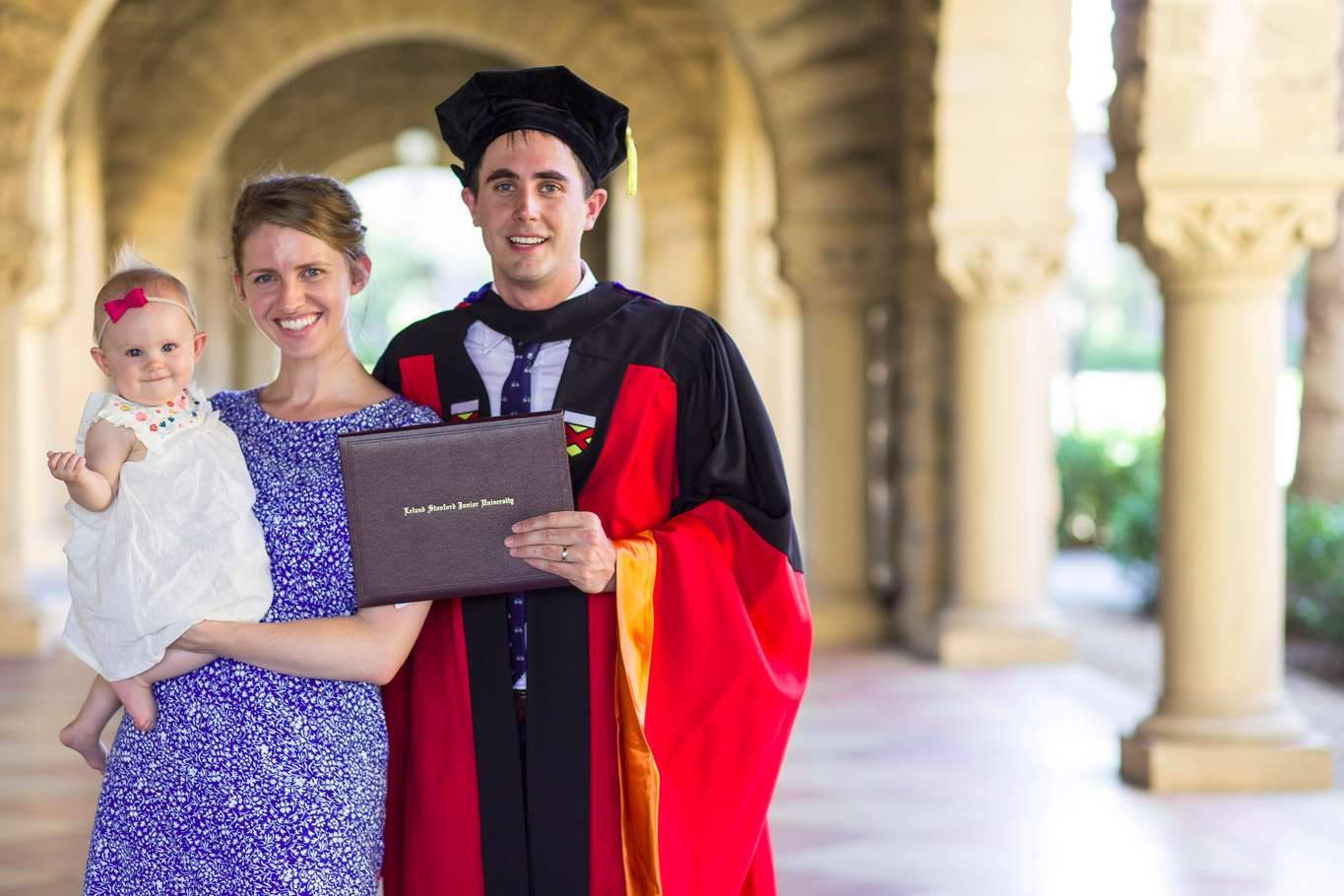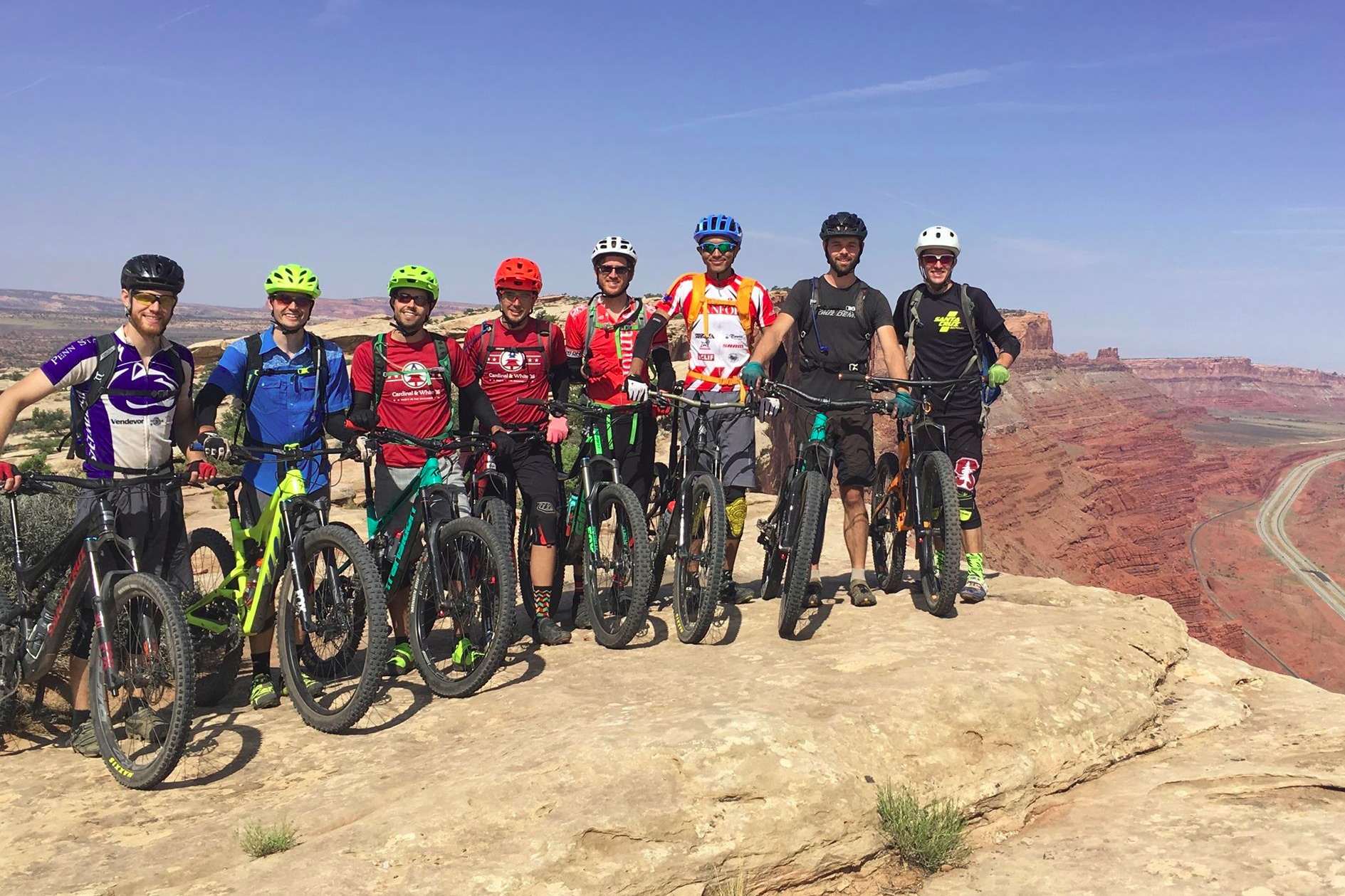About Me

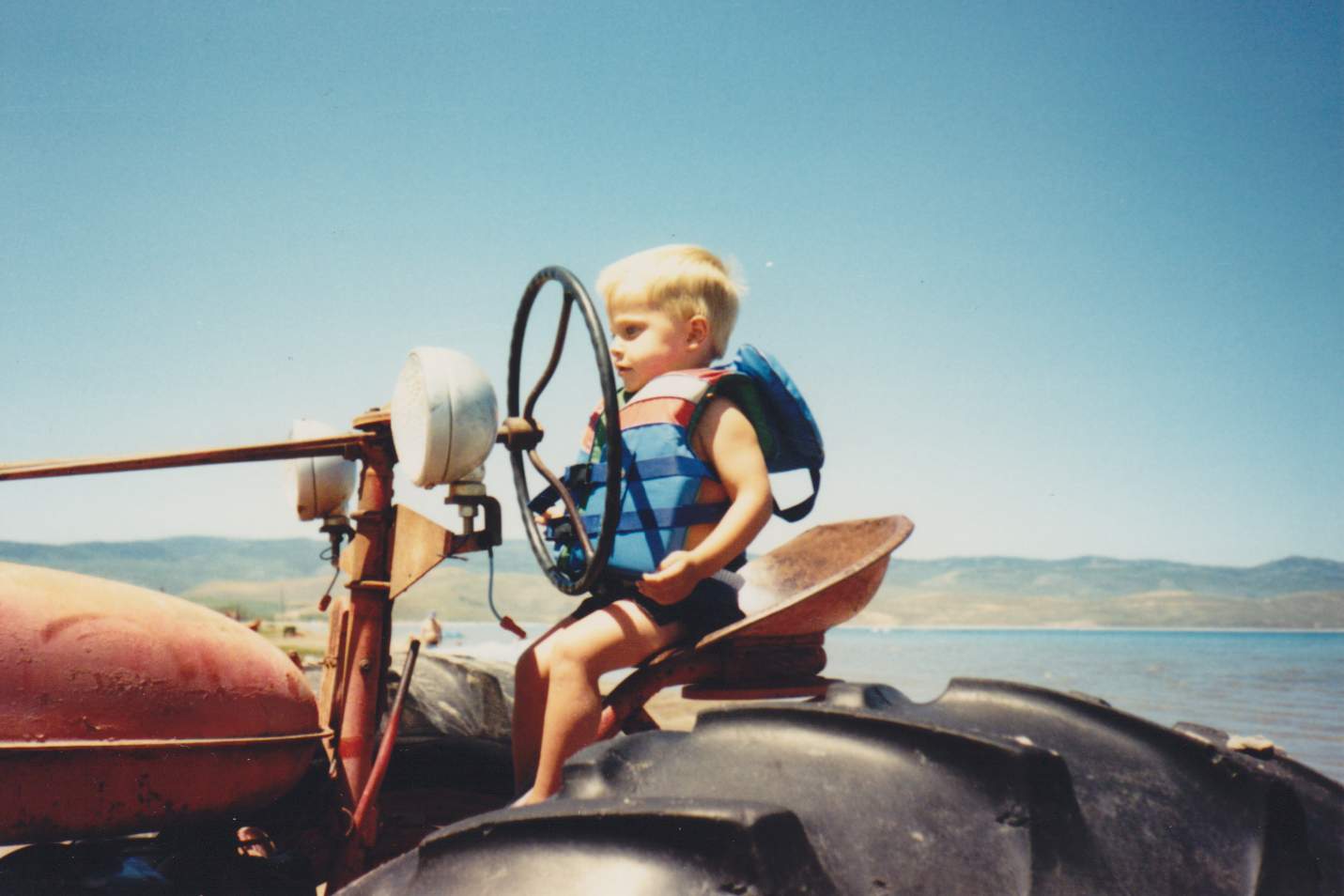
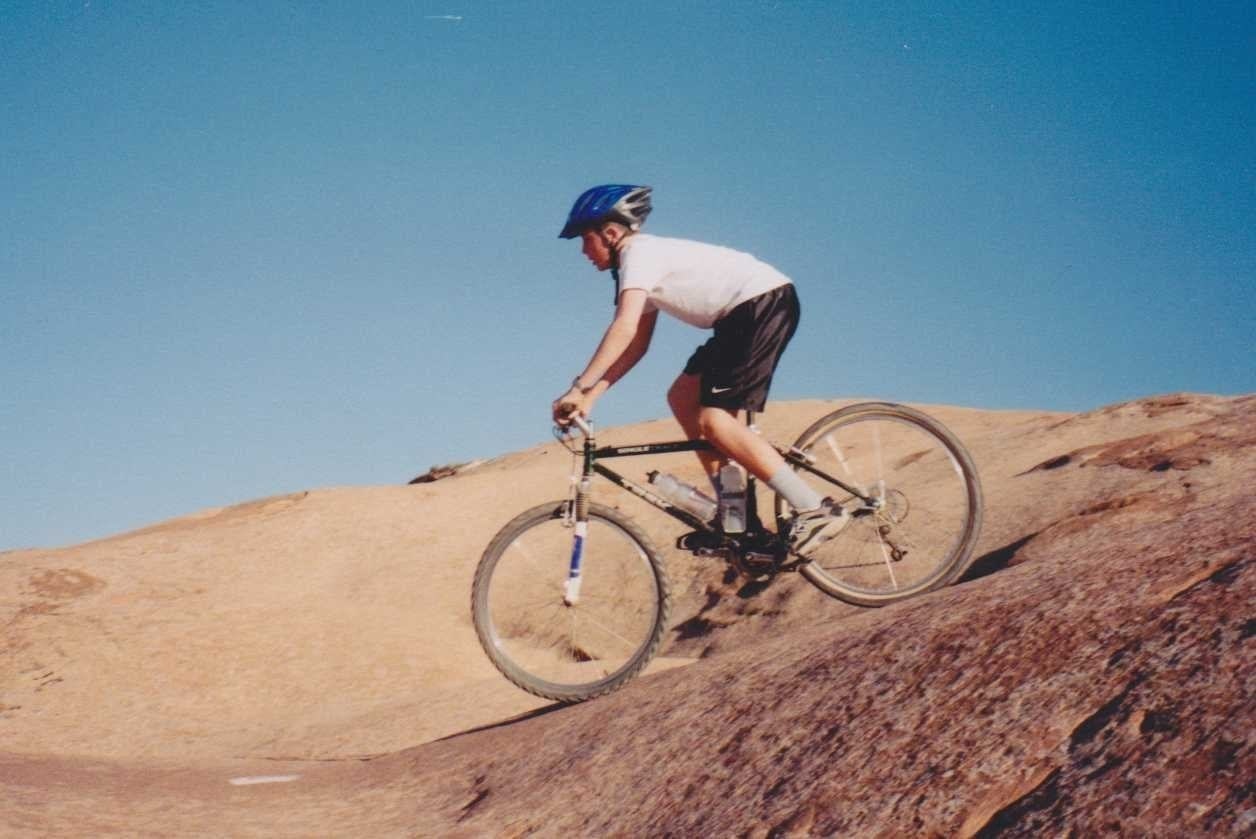
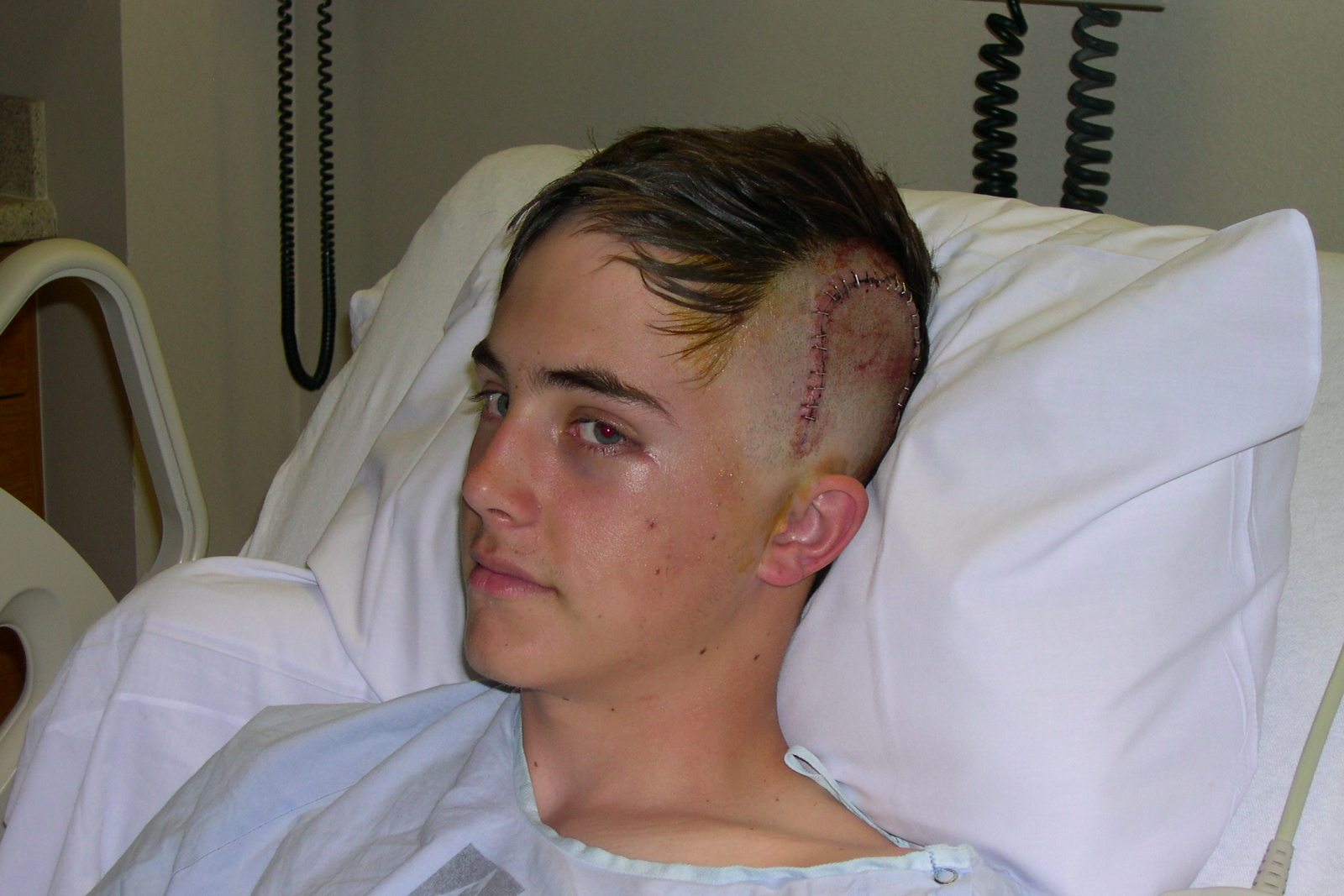
I am a multi-generational Utahn. I grew up in Davis County, Utah. My dad, being an engineer, stressed analytical thinking in problem-solving. Ultimately, my interest in signal processing was sparked during a car stereo installation in high school when my dad explained how speaker crossovers work. Importantly, I developed a deep appreciation of the West, particularly skiing the Wasatch, fly fishing in the high Uintas, and mountain biking in the red rock country near Moab.
Growing up, I spent a lot of time waterskiing. On Memorial Day 2004, my family was boating at Willard Bay. I crashed hard, causing the ski to hit the side of my head. After being rushed to the emergency room, a CT scan revealed that the left side of my skull had been shattered, requiring an emergency craniotomy. The surgery went well, though the injury initially left me unable to read, write, and even string coherent sentences together. Defying the prognosis, my recovery was relatively fast. The timing was also fortunate, as I had the entire summer to recover before my senior year of high school started. After six months, I was symptom-free and doing well in the classroom.

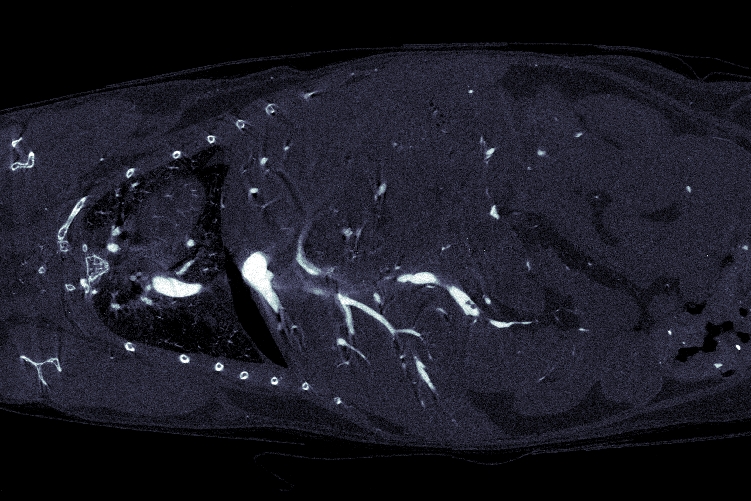
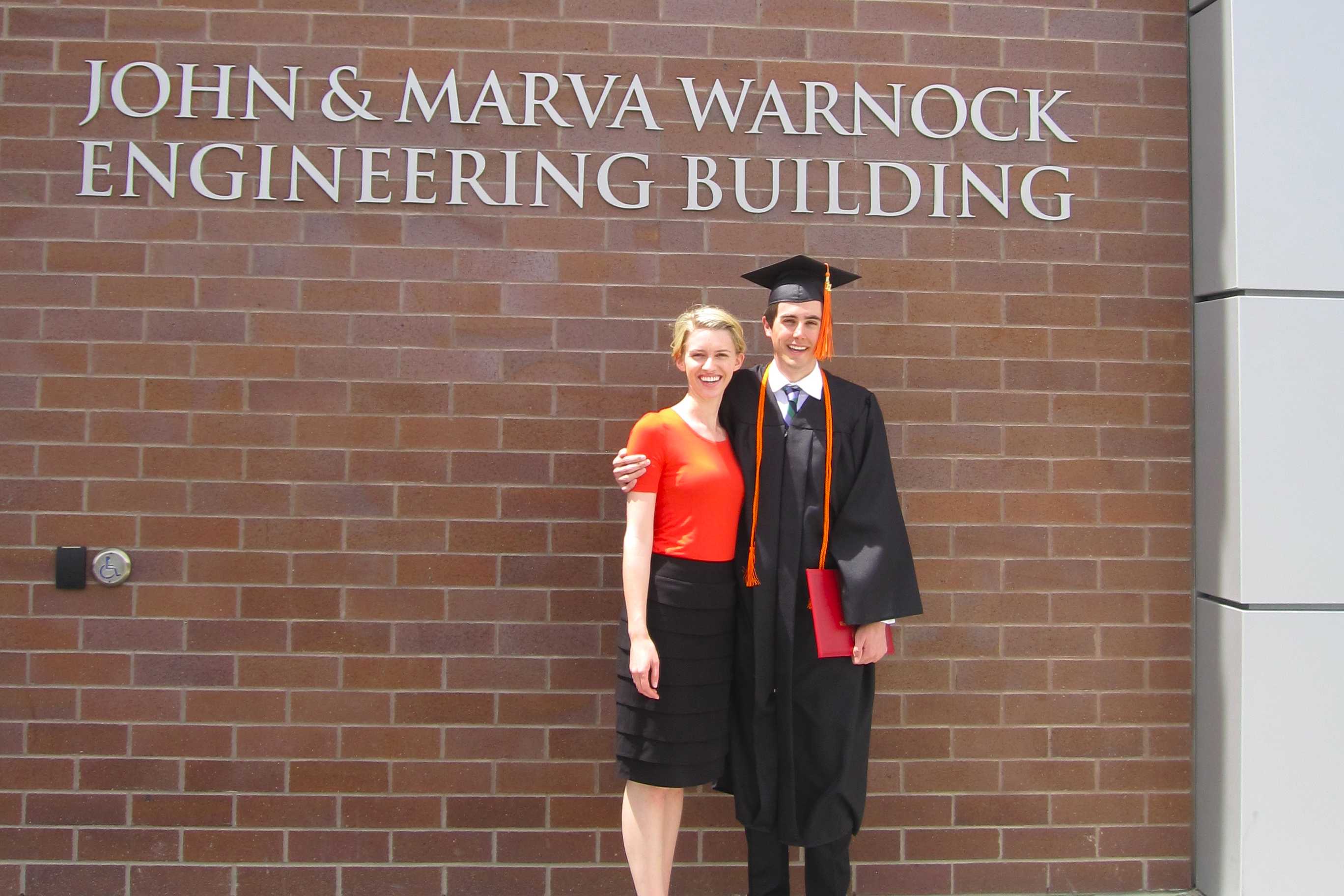
I attended the University of Utah from 2005 to 2011. After my head injury, I became very interested in biomedical engineering. I majored in BME with an emphasis in electrical engineering and a minor in pure mathematics (yes, I had to take a full year of analysis). While at Utah, I developed a passion for teaching after being the lead TA for the upper division and graduate level bioinstrumentation and signal processing courses under Prof. Ed Hsu. During these years, Prof. Hsu and I significantly revamped these classes, particularly the laboratory sessions. Several years later, many of these labs are still in use. I also worked as an undergraduate researcher in Prof. Hsu's lab, where I completed my senior project, "Correlation-based retrospective concatenation of multi-volume 3D microCT data." I found the technical challenges and the real clinical impacts of imaging exciting.
I decided to pursue a PhD after college. At the time, I had hoped to continue with signal processing. Tori (then my girlfriend and now my wife) was at Stanford Law School. We felt it made sense to be in the same place, so I applied to Stanford for my PhD. I was fortunate to attend Stanford as it was very strong in medical imaging, particularly MRI. In grad school, I studied under Prof. John Pauly, working on body diffusion-weighted MRI. My PhD spanned most aspects of MRI, including biophysics, MR physics, pulse sequence design, RF pulse design, reconstruction algorithms, numerical simulation, and clinical implementation. My thesis was titled "Robust body diffusion-weighted magnetic resonance imaging." While not in lab or at home, I spent much time on my bicycle.
After grad school, my family returned to Utah for me to work in the Utah Center for Advanced Imaging Research as a post-doctoral scholar working under Ed DiBella. During my post-doc I became interested in artificial intelligence and how to apply these new technologies to interesting engineering problems.
In 2019, I joined the Department of Electrical and Computer Engineering at Weber State University. During my time at Weber, I have focused primarily teaching courses related to signal processing. Additionally, I have been able to continue my research into medical imaging, particularly using convolutional neural networks for image reconstruction and parameter map estimation.

